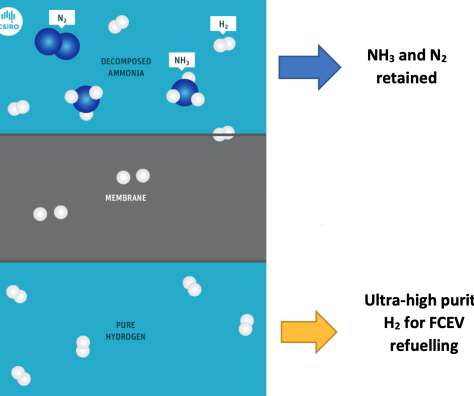Siemens Energy, FFI and GeoPura developing prototype ammonia cracker to produce hydrogen
Green Car Congress
NOVEMBER 25, 2022
—Steve Scrimshaw, VP at Siemens Energy UK & Ireland and a member of the UK Government’s Hydrogen Advisory Council. The traditional process of producing ammonia has used “grey” or “black” hydrogen from either natural gas or coal. Ammonia has a high hydrogen density and is readily transportable in bulk. million (US$1.8-million)












Let's personalize your content